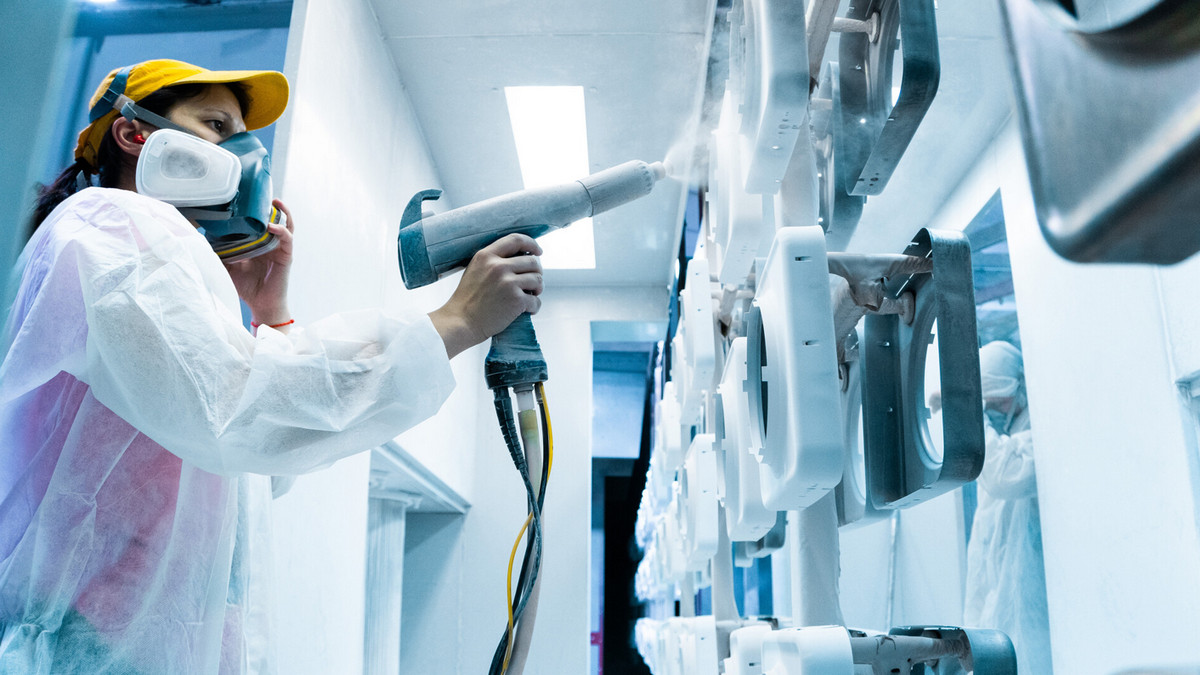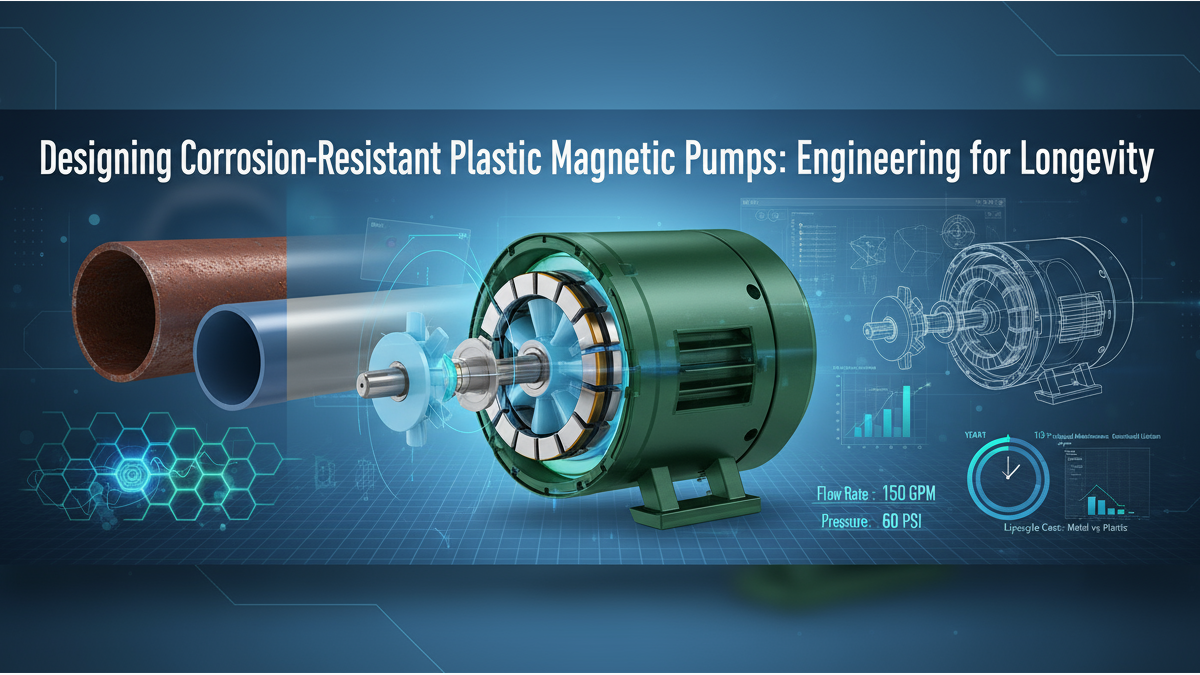Powder coatings were developed in the 1950s as an alternative to traditional finishes such as liquid coatings. While the versatility and appeal of liquid coatings isn't likely to disappear anytime soon, powder coatings offer many advantages and are growing in popularity.
Although powder coatings cure at higher temperatures than liquid coatings, they cure faster, resulting in significant time and energy savings. Currently, powder coatings can provide a superior finish to properly pretreated products compared to liquid coatings. Let's see what are the advantages of powder coating.
Powder coatings mean no solvent waste and are therefore more environmentally friendly. Powder coatings do not contain volatile organic compounds or solvents
No expensive solvent waste, which accounts for 70% of the viscosity of conventional liquid paint spraying. These solvents evaporate during spraying and baking and are generally not recyclable. Laws adopted around the world prohibit it from being released into the atmosphere; this means that in some cases an afterburner must be installed to eliminate the solvent, which increases costs.
Powder Coating Means No Waste Water, Waste Solvent Disposal Issues
Water wash spray booths are often used with liquid paint systems, which are usually emulsified in water after spraying. In some cases this can go directly to the drain or must settle in a sludge tank. Powder coatings do not cause this problem and have no associated additional waste disposal costs.
Powder Coatings Help Reduce Air Pollution
More than 98% of sprayed powder is recyclable, which is good news for reducing waste and avoiding environmental pollution.
Powder Coatings Help Reduce Health Hazards to Painters
Since powder coatings are solvent-free, there is significantly less irritation to the nose, mouth and throat. If the sprayer uses liquid paint, the liquid paint needs to be washed off with a solvent in case of contact with the skin. It is then emulsified in hot water with soap to remove, and sometimes even special industrial hand sanitizers or chemical solvents must be used to clean it. Generally, powder coatings do not cause skin irritation, but in rare cases, individuals may react to certain types of powders, which can be easily removed from the skin by washing with warm water.
Powder Coatings Reduce Fire Risk
There are no solvents in powder coatings, which reduces the associated fire risk. As a result, it saves the cost of factory statutory safety measures and lowers insurance premiums; you also won't be subject to flammable liquid regulations.
Reduced Processing Time
Powder coatings generally have shorter processing times than liquid coatings—there are no solvents, so no run-off period is required. However, the workpieces coated with powder coatings can be directly put into the oven for curing, which greatly saves space and time costs.
Powder Coatings Have Lower Energy Requirements Than Solvent-Based Stoving Coatings
Oven air turnover is significantly reduced because there is no buildup of potentially explosive solvents that must be removed. This means less air heating, lower energy consumption and lower costs.
Powder Coatings Have Lower Energy Requirements Than Water-Based Coatings
Water-based or water-based paints also contain organic solvents. Thus, the aforementioned energy savings associated with the removal of VOCs from the coating and the air in the oven can be achieved. Additionally, for water-based coatings, precise control of temperature and humidity in the coated area is required, which is an additional cost compared to powder coatings.
Powder Coatings Ready to Use
You can use our powder coatings right off the bat and do not need to be mixed with anything like solvents or catalysts. If you want to save work time, powder coating is your first choice.
Powder Coatings with Excellent Film Properties
For solvent-based coatings, the solvent balance must be carefully adjusted based on polymer type, application and curing conditions. If not adjusted correctly, many film defects can occur. For powder coatings, there is no such requirement. Compared with liquid coatings, powder coatings are usually used to obtain excellent coating film properties such as film adhesion and corrosion resistance.
Damaged Parts are Easily Repaired
Damaged or poorly coated areas can be easily repaired by simply blowing off the powder with a spray gun and recoating before entering the bake.
Reduced Air Conditioning Requirements - More Cost Savings
Powder paint spray booths have much less air extraction than solvent-based paints and are a good option if you want to reduce your ventilation and subsequent work area heating costs. Since less warm air needs to be replaced in the workshop, less dust is attracted and less air ventilation should be done by the sprayer.
98% of the Utilization Rate of Powder Coating
With powder coatings, material loss can be kept below 2%. Any powder overspray can be recovered through the dust collection system, and the recovered powder can be mixed with new powder to achieve up to 98% utilization.
Almost all powder in a powder coating cartridge is used to be sprayed onto the workpiece
Many liquid coatings are high in volatile components that are lost during the coating process, meaning that perhaps only 50% of the coating is used to be sprayed onto the workpiece.
With Powder Coatings You Can Control the Film Thickness
You can control your powder coating to achieve a more uniform and higher film thickness than traditional liquid coating systems, and Interpon also offers several ultra-thin film thickness powder coatings.
Variety Of Paints and Effects Available
Whether decorative, functional or both, powder coatings offer a viable solution. Rich colors, matt, satin, gloss, metallic finish, texture, soft touch - exactly what you want, with functional properties including antibacterial, antiseptic and easy to clean...and more.
Powder Coating Applicators Require Little Training
Compared to solvent-based coatings, powder coating sprayers require less training.
Powder Coatings are Cleaner to Use
Powder coatings are cleaner than liquid coatings, and the spray booth can be cleaned quickly and easily. Cleaning can be done simply by removing powder from the spray booth with an industrial vacuum cleaner.
Low Cost of Powder Coating Equipment
Manual or automatic powder coating equipment is extremely simple to operate and has a lower overall cost than liquid coatings that require multiple coats.
Powder Coatings are Flexible - Can Be Applied to Non-Metallic Surfaces
It's not just metals that can benefit from the use of powder coatings. Powder coatings can also withstand the corresponding curing temperature of other substrates. For example, the surface of glass or some thermosetting moldings can be coated with powder. With the advancement of low temperature baking technology, the range of materials that can be used continues to increase.










.png)



